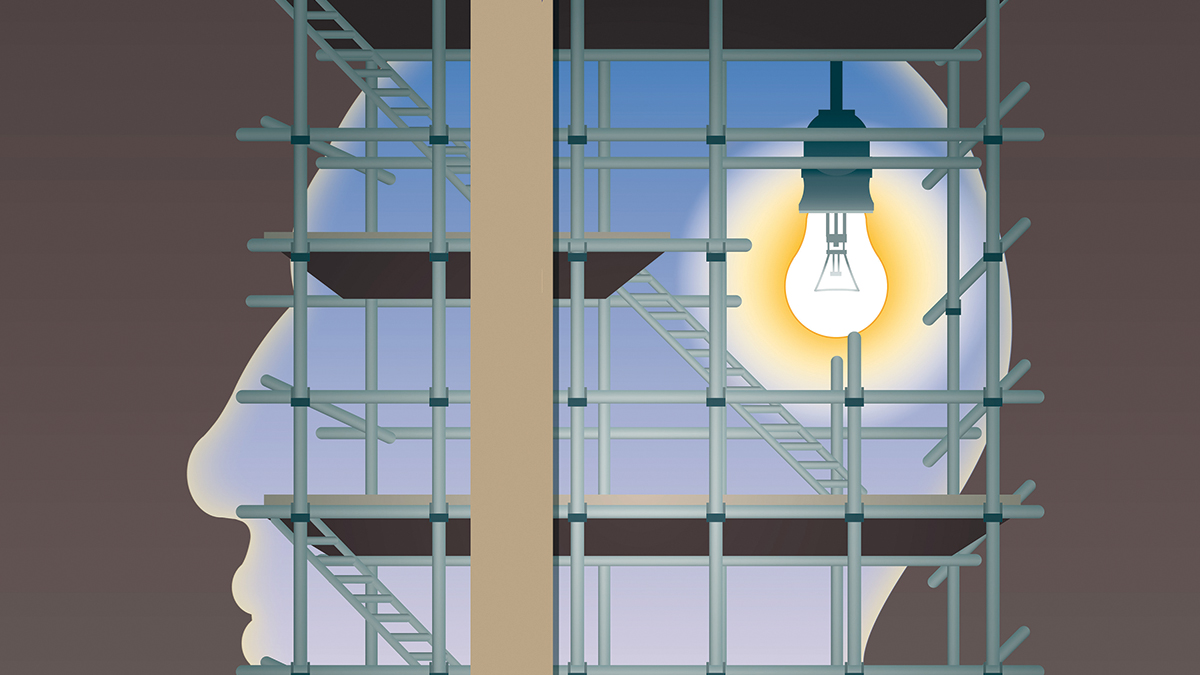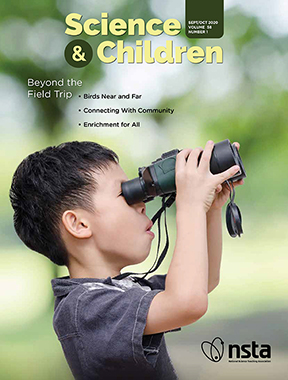feature
They Really Used to Think That?
Evaluating current and historical claims in geology using adapted primary scientific literature
feature
A Layered Approach to Scientific Models
Creating scaffolds that allow all students to show more of what they know
The Science Teacher—September/October 2020 (Volume 88, Issue 1)
By Kelsie Fowler, Mark Windschitl, and Claus Auning

Citizen Science
EarthEcho Water Challenge
Dive in to locally engaged, globally connected citizen science
Elementary Informal Education | Daily Do
How Will The Plant Grow?

focus on physics
Calculating Distances Via Flagpole Shadows
The Science Teacher—September/October 2020 (Volume 88, Issue 1)
By Paul G. Hewitt
Letter to the Editor
STEM Laboratory Safety on a Shoestring
The Science Teacher—September/October 2020 (Volume 88, Issue 1)
By Emily K. Faulconer
Editor's Corner
An Invitation to the New School Year
Challenges and Triumphs Await
The Science Teacher—September/October 2020 (Volume 88, Issue 1)
By Ann Haley Mackenzie

Volume 58, Number 1
Beyond the Field Trip

Volume 58, Number 1
Beyond the Field Trip

Volume 58, Number 1
Beyond the Field Trip
Scope on the Skies
Back to Mars
Science Scope—July/August 2020 (Volume 43, Issue 9)
By Bob Riddle
Classic Lessons 2.0
Simulating a Wave to Understand Science and Technology
Science Scope—July/August 2020 (Volume 43, Issue 9)
By Molly Rockefeller and Jerrid W. Kruse



